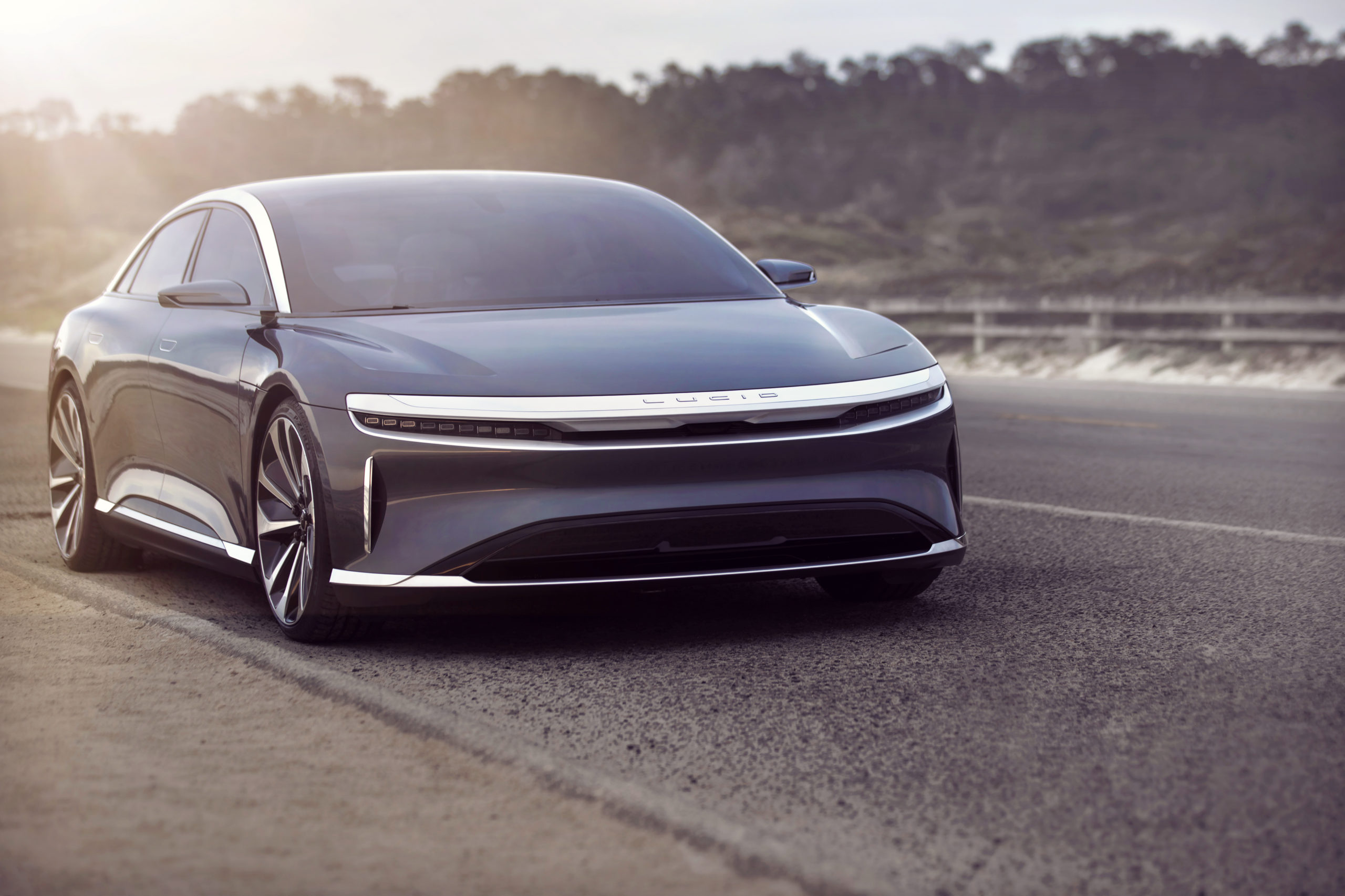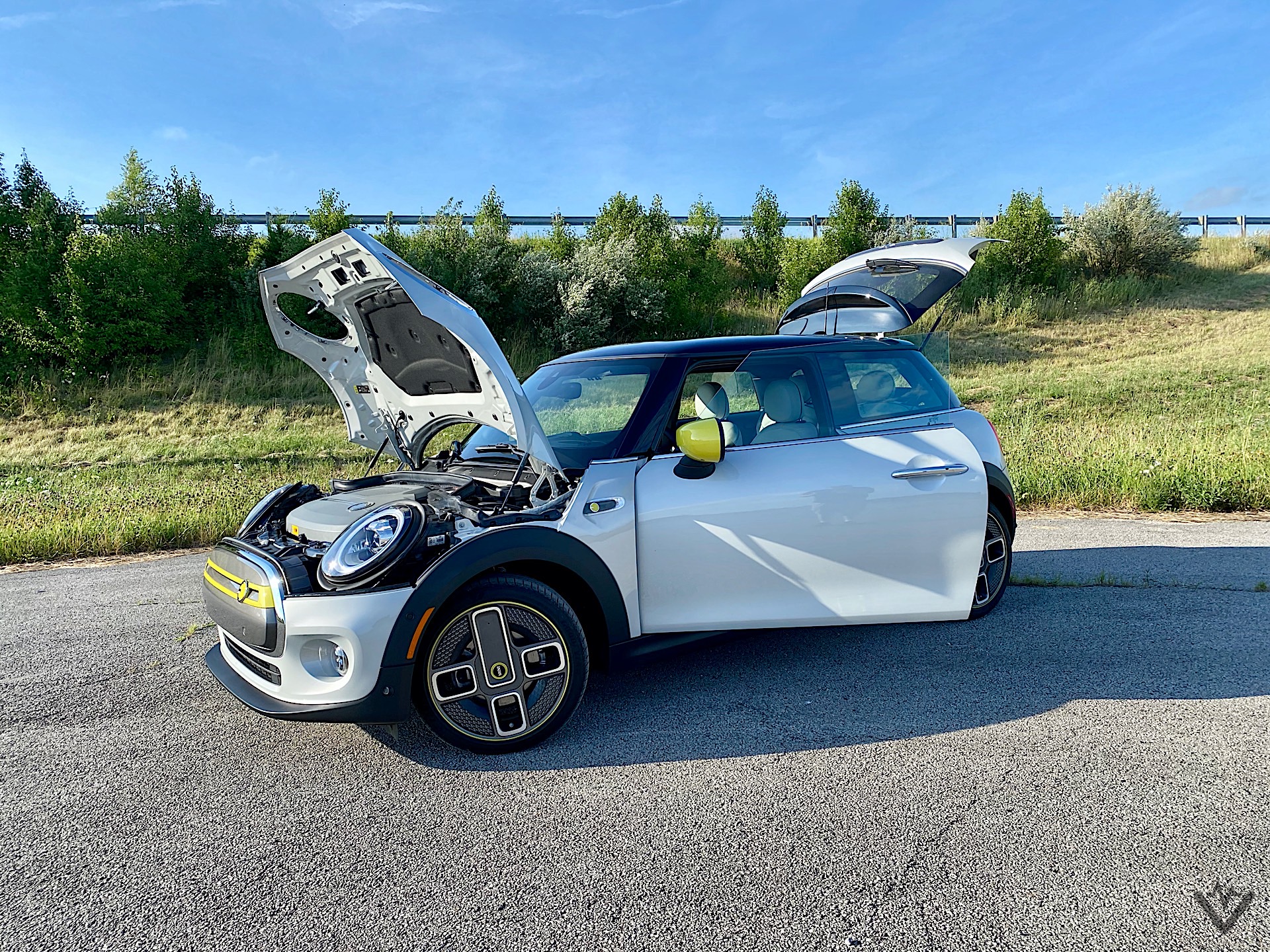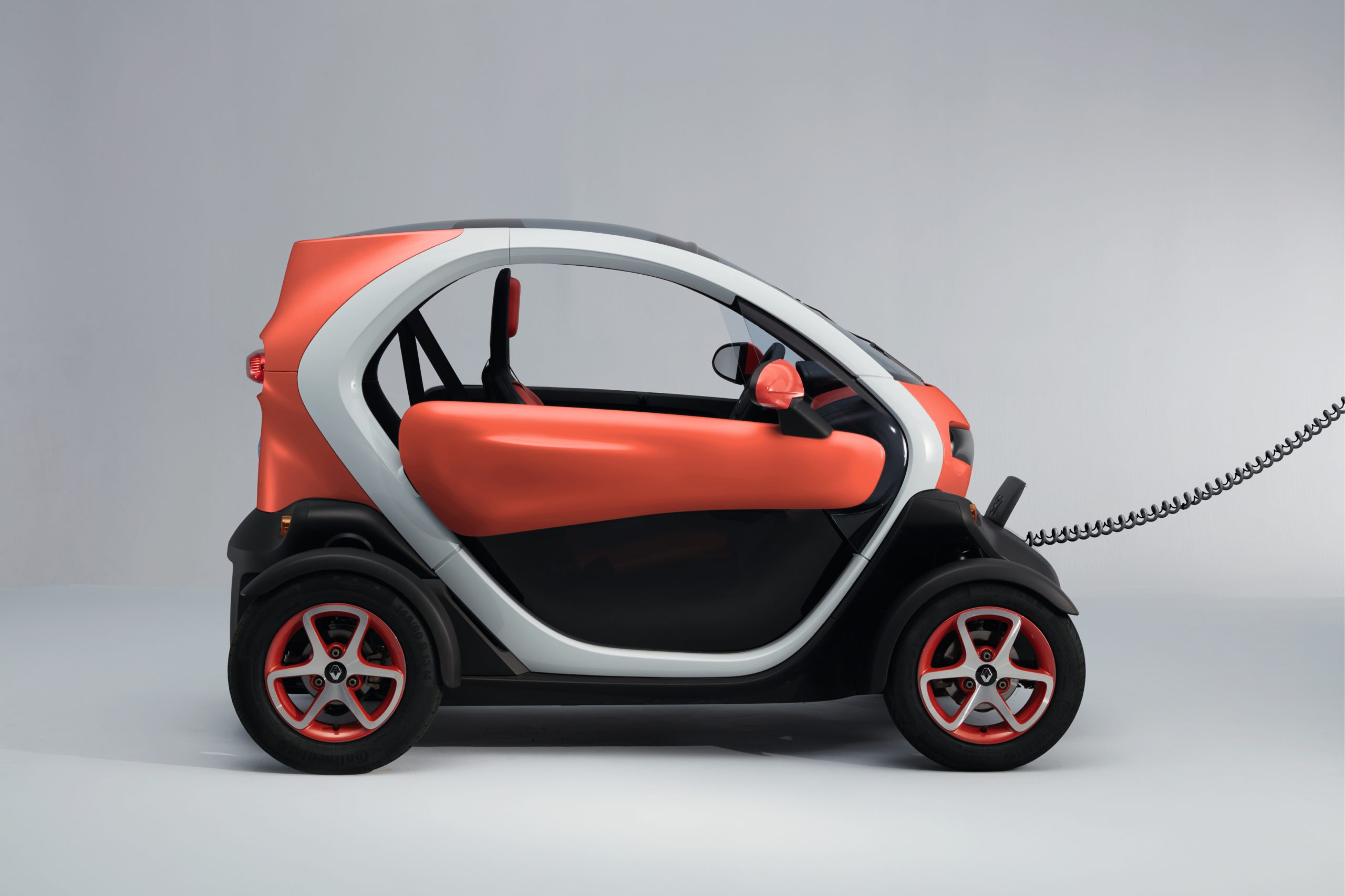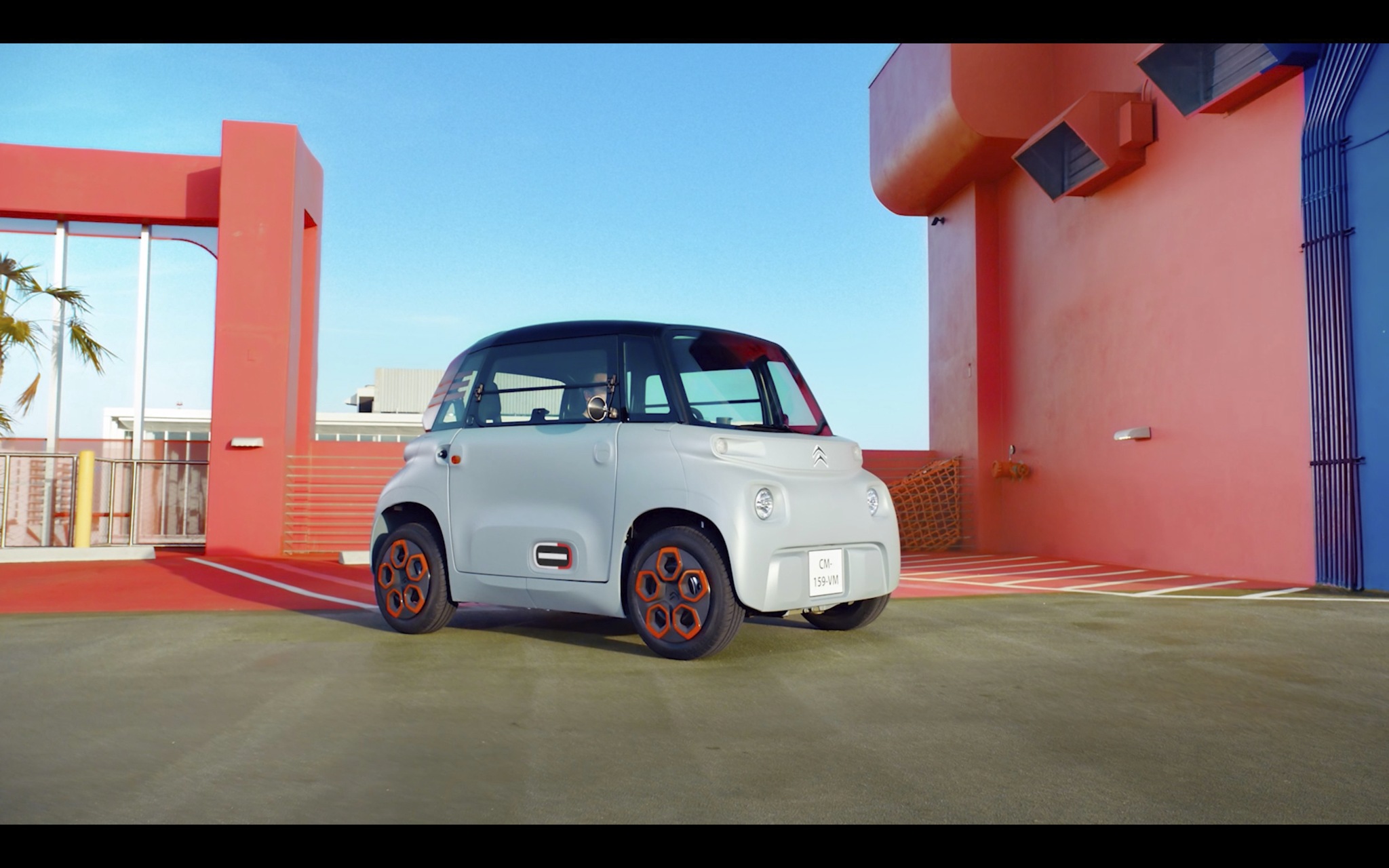
This week saw the launch of the Lucid Air, and while I love nearly everything about that car, I can’t reasonably stand behind its $170,000 price tag. That’s a lot of money, even for people who have a lot of money. The main general complaint I frequently hear about electric cars is that they’re exclusively catered to upper class Americans. If you follow the headlines, you’ll understand why people feel that way, as it’s a frequent barrage of ever longer range and increasing power and six figure price tags. What we need is a responsibly priced electric alternative to provide mobility to the disenfranchised.

I absolutely won’t discount the hard work that Mini, Chevrolet, Hyundai, and Nissan have done in releasing the four lowest priced EVs in America with the Cooper S E, Bolt, Ioniq, and Leaf respectively. Each of those is a great move forward for the EV market, but the least expensive of them is still $31,000 and a big commitment for workers in a country where at least 38 percent of citizens don’t have a spare $500 in the bank. A record 7 million Americans couldn’t make their car payments, and that was before the global pandemic-induced recession. If Americans can’t save for an emergency, and can’t make their car payments as it is, what good is an even more expensive electric car?
Economic instability has influenced car design for decades, famously creating low-priced “people’s cars” to help provide the working poor the mobility they need to rise above their station. Model Ts, Beetles, Minis, Isettas, Tata Nanos, etcetera. Obviously the need for outright mobility has been met, with almost 300 million cars registered in America, but now there is a need to deliver inexpensive emissions-free mobility, and I think France and China are getting it right.

From the introduction of the Renault Twizy back in 2012, the French have understood the need for a low-priced city mobility machine. It’s not perfect for every American’s needs, but I drove one in San Francisco a few years back as part of a partnership between scooter rental company Scoot and Nissan, which had rebadged the Twizy as a “Nissan Mobility Concept.” It was limited to 30 miles per hour, but served very well for the tight city streets of San Fran, and could work in many situations for many inner-city Americans. At less than $15,000 brand-new, the Twizy would undercut every new car sold in America right now except the $13,400 Chevrolet Spark and the $13,995 Mitsubishi Mirage.
The Twizy has, of course, been undercut in recent months by the ridiculously inexpensive Citroën Ami. The Ami is a tiny electric two-seater city mobile with a $7,000 price tag. If you can’t afford to buy one outright, the French company will lease it to you for just $22 per month. The average cellphone bill in the U.S. is $70. It’s definitely not a luxurious car, but if it can reliably get you across the city to your job every day, it’s well worth the price. Missing a day of work is not an option for many, as it could lead to unemployment and loss of health insurance. The average new car payment in the U.S. is $554 per month, and the average used car payment, likely with a worse interest rate, is $391. If you’re paying just $22 per month, plus the cost of electricity to charge your Ami, it could open up so many potential opportunities for the workers of this country.
If that isn’t cheap enough, let’s look to China for a moment, shall we? The diminutive boxy Wuling Hong Guang Mini EV is even cheaper at just $4200. Wuling is a Chinese-only part of General Motors’ global empire, which sold 15,000 of these little machines last month. With just enough power to push around the city and 105 miles of range, the Hong Guang Mini probably wouldn’t be welcome on American interstates, but bumper-to-bumper stop-and-go traffic would be a breeze.

Citroën is part of the newly-formed Stellantis group with the former Fiat Chrysler companies. It could theoretically be possible for a company like Dodge or Fiat to import the Ami for customers to use as an in-town commuter mobile. Maybe GM could be the first to drop a cheap and small EV on unsuspecting Americans with the Wuling. I don’t see this realistically happening, as American consumers continue to embrace ever larger and faster trucks and SUVs, but hey, we can dream that someone would care about the lower class enough to cater to their needs, right?
ALSO READ: The Electric Hot Rod Users in New Era of Performance
The fact of the matter is, EV prices need to come down in order for them to catch on as a mainstream possibility in this market. It’s already happening in Europe and Asia. If we actually care about cleaning up our environment through an electric revolution, the answer isn’t getting the upper class to trade their 2019 Mercedes-Benz S-class for a 2020 Tesla Model S, the more effective process is getting someone working their telemarketing job to trade a super-polluting 12-year-old Chevy Tahoe for a low-cost electric.
We all need to work toward making electric mainstream and then the mainstream will follow.

